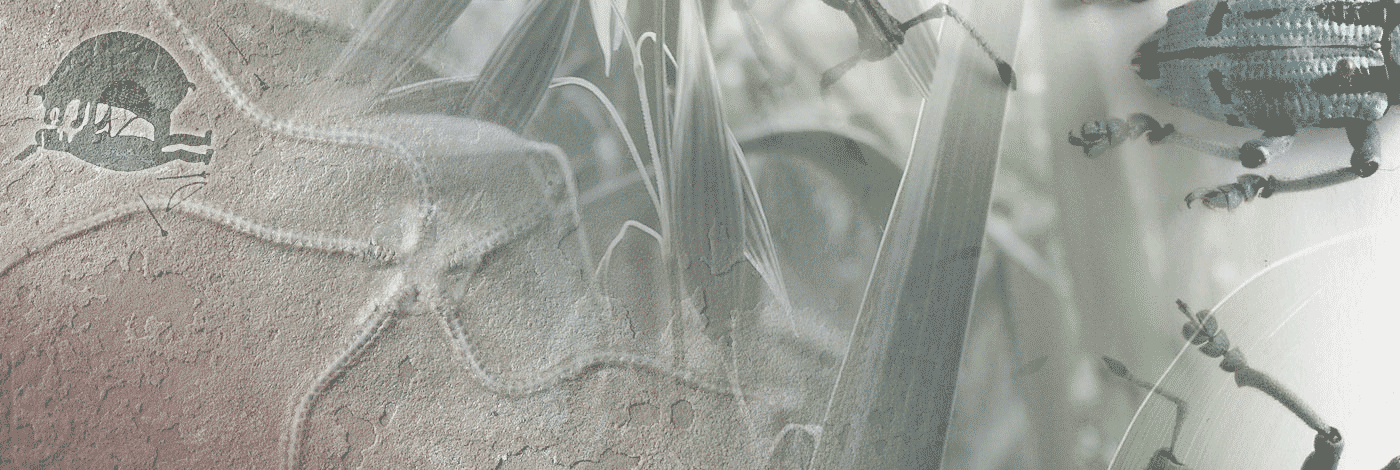
 Bulletin du Muséum national d'Histoire naturelle, 4ème série – section B, Adansonia : Botanique, Phytochimie
17 (3-4) - Page
Bulletin du Muséum national d'Histoire naturelle, 4ème série – section B, Adansonia : Botanique, Phytochimie
17 (3-4) - Page A floristic and structural study of a slope forest on schist was carried out on 12 transects of 2500 m at the Col d'Amieu. This forest is situated between 440 and 500 m altitude in the central mountain region of New Caledonia. The results are compared with those obtained previously for a slope forest on ultramafics of the Southern Massif and with various forests in Malesia and Melanesia. Stem density per hectare (1256 stems of dbh 10 cm) is relatively high and superior to that of most forests in Melanesia and Malesia. Whilst small and medium stem diameters (2 dbh 30 cm) are less numerous on schists than on ultramafics, the opposite is observed for stems 30 cm dbh. The basal area of the forest at Col d'Amieu (55.1 m /ha) is greater than in other forests studied in New Caledonia and can be placed among the highest for forests in the south west Pacific. The floristic richness of the forest on schist (237 phanerogams recorded /3 ha ; a mean of 97 species / ha 10 cm dbh) is notably less than that of the ultramafic forest and significantly less than most Malesian and Melanesian forests. Increases in species number associated with increases in surface area remain significant above 2.5 ha. If rare species (occurring in less than 4 out of 120 subplots) are excluded, the species number stabilizes between 2 and 2.5 ha. Specific diversity expressed by the Shannon-Weiner index is relatively high (H' > 5) except for plots dominated by Pancheria brunhesi which is a secondary species and an indicator of forest recolonization. The richest families with more than 10 species each include Sapindaceae, Rubiaceae, Myrtaceae and Moraceae. Sapindaceae, Moraceae, Myrsinaceae and Proteaceae are more numerous on schists than on ultramafics. The opposite is true for Myrtaceae, Rubiaceae, Lauraceae, Araliaceae, Cunoniaceae and Euphorbiaceae. Large trees (dbh 40 cm) belong to 42 species and 20 families : Myrtaceae is the best represented with 6 species. This is followed in second position by Cunoniaceae, Guttiferae, Lauraceae and Sapindaceae with 4 species each. The greatest contribution to stem density is made by Sapindaceae followed by Meliaceae, then Guttiferae for stems 2 cm dbh, and by Guttiferae and Cunoniaceae for stems 10 cm dbh. The greatest contribution to basal area is made by Cunoniaceae and then Guttiferae . The families Meliaceae and Myrtaceae make the greatest contribution to stems 10 cm dbh and for stems 40 cm dbh the same families but in reverse order. At the species level, the greatest contribution to basal area is made by Pancheria brunhesi (Cunoniaceae) which consitutes respective1y 17 % and 27.5 % of the basal area of stems dbh 10 cm and 40 cm. This is followed by Calophyllum caledonicum (Guttiferae) in both cases, then Anthocarapa nitidula (Meliaceae ) for stems 10 cm dbh and Montrouziera cauliflora (Guttiferae) for dbh 40 cm.